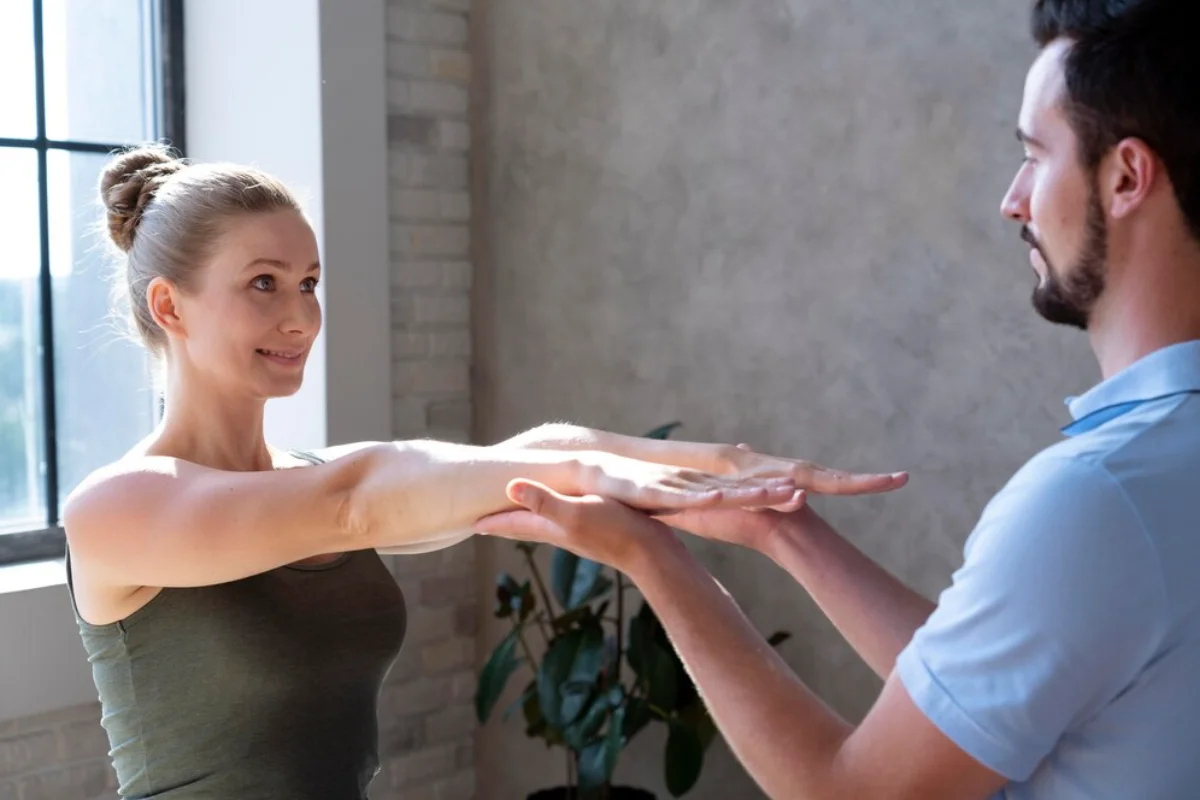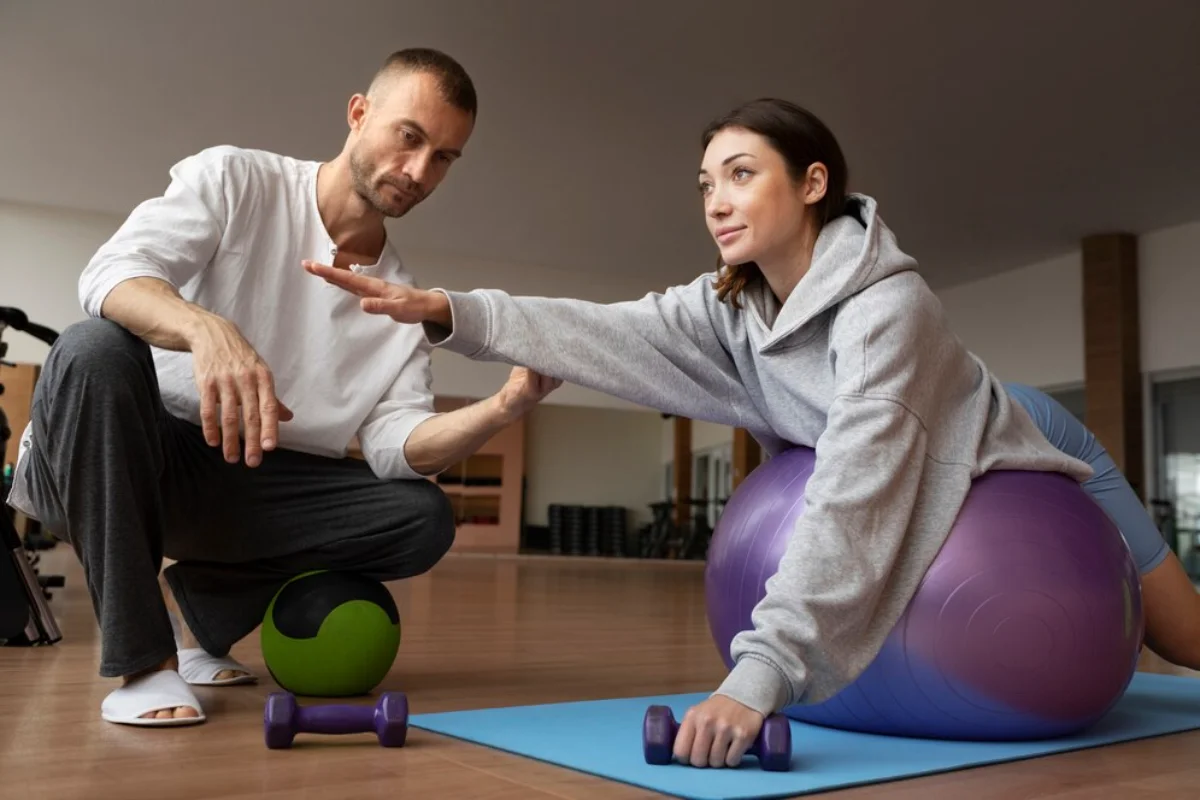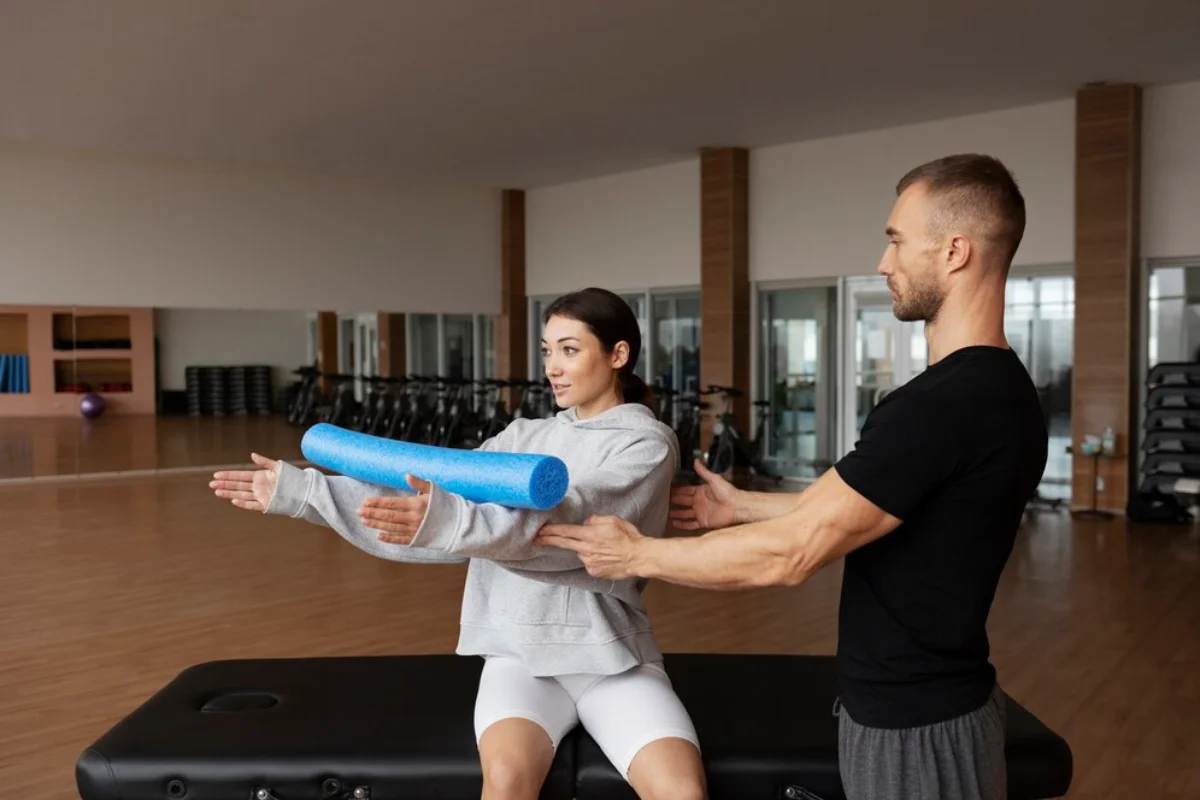
How to Improve Your Balance and Coordination
Balance and coordination are vital for athletic skill and everyday grace. They help prevent injuries, improve mobility, and enhance body control. Whether you are a new athlete working on agility or looking for fluid movement, this guide can help. Discover ways to strengthen these critical skills and boost your performance step by step.
Pro Tip: Consistency is key; aim to practice balance and coordination exercises 3-4 times a week for optimal results.

Quick Guide to Improving Balance and Coordination
- Strengthen Your Core: To improve stability and posture, focus on core exercises like planks, bird dogs, and Russian twists.
- Engage in Stability Training: To improve overall balance, incorporate single-leg stands, Bosu ball squats, and heel-to-toe walks.
- Develop Proprioception: Practice balance board drills, yoga, and close-eye balance exercises to boost body awareness.
- Improve Coordination with Athletic Drills: Use ladder drills, cone drills, and plyometrics to refine coordination and agility.
- Track Progress and Stay Consistent: Use fitness apps to monitor improvements and gradually increase challenges as you progress.
Important: Progress may take 3-4 weeks, so be patient and keep challenging yourself to see lasting improvements.
Step 1: Understand the Importance of Balance and Coordination
Balance is the ability to stay stable. Coordination helps you move smoothly and in control. Strengthening these skills can result in:
- Injury Prevention – Sidestep falls, lighten joint strain, and build muscular fortitude.
- Enhanced Athletic Performance – Boost agility, sharpen reaction time, and streamline movements.
- Better Daily Functionality – Simplify everyday tasks like walking and climbing with ease.
- Increased Neuromuscular Control – Harmonise brain and muscle communication for seamless motion.
- Live Longer and Stay Independent – Improve your balance and coordination to tackle mobility problems that come with age.
.
Step 2: Strengthen Your Core
The core is the foundation of balance and coordination. A strong core stabilises your body and improves posture, preventing compensatory movements that can lead to injury. Key exercises include:
- Planks (Regular and Side Planks) – Hold for 30–60 seconds to engage abdominal and lower back muscles.
- Russian Twists – Strengthen obliques and improve rotational control.
- Bird Dogs – Enhance stability by challenging your core and improving proprioception.
- Dead Bugs – Promote core coordination by synchronising limb movements with controlled engagement.
- Pallof Press – A resistance band exercise that reinforces anti-rotational core strength.
- Hollow Body Holds – Engages deep core muscles and improves overall control.
Step 3: Engage in Stability Training
Stability exercises help your body stay in control while in different positions. They also strengthen small stabilising muscles.
- Single-Leg Stands – Hold for 30 seconds per leg, increasing duration.
- Bosu Ball Squats – Do squats on a Bosu ball. This helps boost your stability when moving.
- Heel-to-Toe Walks – Walk in a straight line to enhance balance and foot control.
- Single-Leg Deadlifts – Strengthen the posterior chain while improving unilateral stability.
- Swiss Ball Rollouts – Use a stability ball to activate deep-core stabilisers.
- Tai Chi Movements – These are slow and controlled. They help improve balance and coordination through mindful movement.

Step 4: Develop Proprioception
Proprioception, or body awareness, is the ability to sense movement and position in space. Developing this skill enhances balance and prevents missteps that lead to injury.
- Balance Board Drills – Improve ankle and knee stability by standing or performing movements on a balance board.
- Yoga & Pilates – Focus on controlled movements and flexibility, enhancing neuromuscular coordination.
- Tandem Walking – Step heel-to-toe in a straight line to refine body awareness.
- Close-Eyes Balance Training – Perform balance exercises with eyes closed to challenge proprioception further.
- Reaction Drills – Train quick responses with unpredictable directional changes.
- Rock Climbing – Develops proprioception by forcing the body to navigate challenging surfaces and angles.
Step 5: Improve Coordination with Athletic Drills
Athletic coordination requires precise muscle activation, timing, and synchronisation. These drills improve overall movement efficiency:
- Ladder Drills – Perform various footwork patterns to develop agility and control.
- Cone Drills – Practice rapid directional changes to refine movement transitions.
- Plyometrics (Jump Training) – Include box jumps and lateral hops to boost explosive power and reflexive stability.
- Crossover Step Exercises – Train the neuromuscular system to handle complex movement patterns.
- Hand-Eye Coordination Drills – Incorporate ball-catching or juggling exercises to enhance motor control.
- Martial Arts and Boxing – Enhance coordination through precise strikes, footwork, and reaction training.
Step 6: Track Progress & Stay Consistent
- Use Fitness Apps – Monitor improvements in stability and agility over time.
- Gradually Increase Challenge – Progress to more advanced balance exercises as you improve.
- Consistency is Key – Aim to practice balance and coordination exercises at least 3-4 times per week for lasting results.
- Mix It Up – Avoid plateaus by incorporating new exercises and challenges regularly.
FAQs
1. How long does it take to see improvements in balance and coordination?
Results depend on your consistency and effort. Still, you usually see improvements within 3-4 weeks of regular training.
2. Do I need special equipment to improve balance?
No, but tools like Bosu balls, balance boards, agility ladders, and resistance bands can boost training and add extra challenges.
3. Can balance and coordination decline with age?
Yes, regular balance training can help fight age-related decline. This training supports mobility and independence.
4. Are there any exercises I can do at home?
Absolutely! Single-leg stands, heel-to-toe walks, planks, yoga, and bodyweight exercises can all be done without equipment.
5. Can improving balance help with back pain?
Yes, strengthening core stability and improving postural control can alleviate stress on the lower back, reducing pain and discomfort.
6. How does coordination affect athletic performance?
Coordination allows athletes to perform precise and efficient movements, improving reaction times, agility, and control in sports and physical activities.
7. What role does the nervous system play in balance?
The nervous system takes in sensory information from muscles and joints. This helps maintain balance and controls movement.
8. Can mindfulness improve balance and coordination?
Mindfulness practices like Tai Chi and breathing exercises boost body awareness and improve neuromuscular control.
9. How does vision impact balance and coordination?
Vision plays a crucial role in balance by providing spatial awareness. Training balance with closed eyes can improve proprioception and boost reliance on other senses.
10. Can diet impact balance and coordination?
Good nutrition helps with hydration and provides essential vitamins like B12 and D. This improves brain function, muscle control, and overall stability.

Elevate Your Balance and Coordination for a Stronger You
Balance and coordination are the cornerstones of graceful movement. With regular training, you can sculpt these skills into remarkable assets. Infuse your routine with core-strengthening exercises, stability drills, and proprioceptive challenges. You’ll not only bolster control but also dance through life with ease. Stay dedicated, monitor your progress, and relish the rewards of enhanced body awareness and steadiness!


